Workforce planning has always been a hot discussion topic and depending on who you’re talking to, the conversation can be completely different.
- When engaging HR, the focus will be on talent, performance, and compensation.
- Finance and Accounting will want to know when expense outflows by type will occur in the near term, while Financial Planning & Analysis (FP&A) will focus on how these HR and Finance inputs roll up into the business’s holistic operating plan.
- Let’s not forget about IT; once the business states what they want, it’s then assumed that IT can wave their magic wand and merge ever-changing data from multiple sources for a process that often takes months to complete.
So, knowing that the conversation changes depending on who you’re engaging, but the process requires involvement from all teams, what’s the right way to get it done?
It takes more than a quick blog post to fully answer that, but here are a few things that can be done to set up your team for a successful planning cycle.
#1 | Establish a common language
Finance, FP&A, HR and IT all speak different languages – establish a common planning language and speak that language across all functions, translating when necessary.
#2 | Prioritize visibility and communication
Many functions have vested interests in this process, and each team will likely assume that their need takes priority over all others. If all decisions are made in silos and certain teams are ‘kept in the dark’ on the bigger picture, then they rightfully won’t grasp the overarching goals of the planning process. You can’t ask someone to make a tradeoff if they don’t understand what it’s for..
#3 | Champion across all functions
Whether the process is ‘owned’ by HR, Finance, or some other strategic function, buy-in from all function leaders is a must. The message that this is a critical process for all involved has to be clear and regularly communicated before, during, and after the planning process.
#4 | Build a strategy around data
Once all functions understand the process, the ability to execute comes down to data and systems. A cross-functional process like this has a unique set of complexities (timing, level of effort and security, to name a few), so having a strategy in place to mitigate risk is key. Ideally, the HCM and Planning tools are within a single system like Workday (having Financials in the same system is an even bigger plus), as many of these problems go away. Regardless, an understanding of “what’s where when” is a must.
A workforce planning process can create tension or unity among the involved teams, but either way, business leaders will want to put one together. As the appetite for active planning increases, doing it right is a strategic undertaking that’s well worth the investment.






